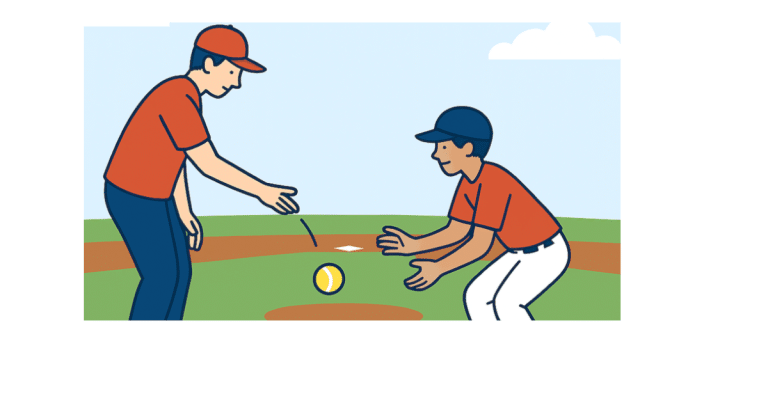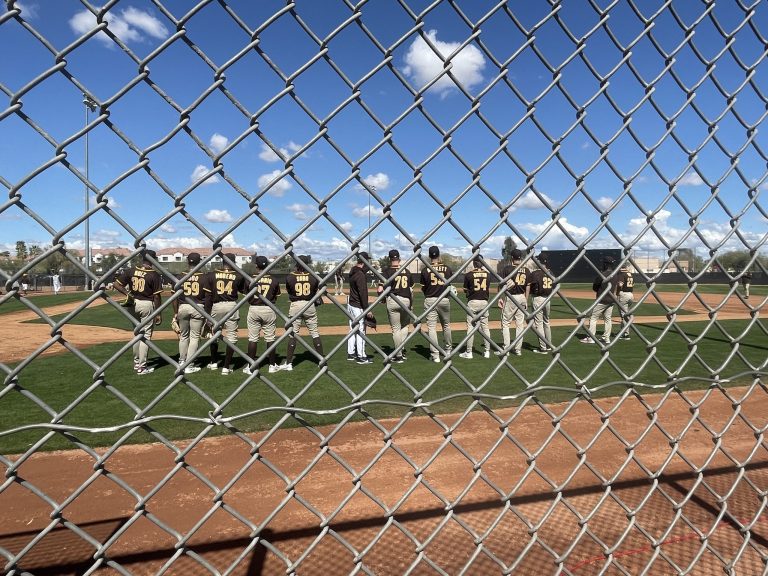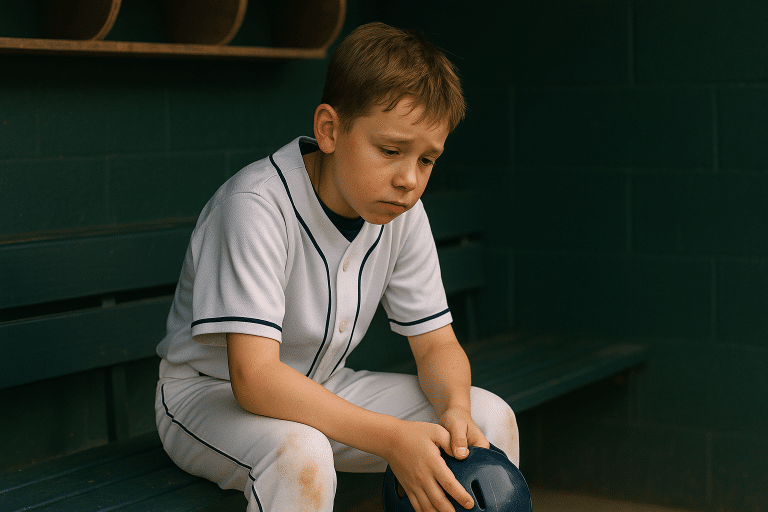Why Failure is the Best Coach: Teaching Resilience Through Baseball
⚾️ Baseball Is a Game of Failure—And That’s Why It Matters
Picture this: A little leaguer steps up to the plate, bases loaded, two outs.
He swings—and misses. Tears well up, but his coach gives him a nod: “Even the best strike out, kid. Let’s get ‘em next time.”
That’s baseball.
A game where even the greats fail more than they succeed.
The average Hall of Famer batting is .303—3 hits for every 10 at bats, meaning they failed seven times out of ten.
Babe Ruth, one of the game’s greatest, hit 714 home runs… but struck out 1,330 times.
He didn’t avoid failure—he swung through it.
This is the paradox of baseball: It’s a game built on failure, and that’s exactly why it’s one of the greatest teachers of resilience, character, and mental toughness.
For kids, learning to lose, strike out, drop the ball—and come back the next play—lays the foundation for growth far beyond the diamond.
Because we don’t grow from getting it right all the time. We grow from getting it wrong—and getting back up.
Bottomline: Baseball isn’t just about the hits—it’s about how you handle the misses.
The Problem: Bubble-Wrapping the Journey
Parents and coaches mean well, but sometimes we rush to protect kids from failure—over-coaching, softening the blow, or praising participation over progress.
But baseball is designed to challenge you.
If we shield kids from strikeouts, errors, and bad days, we rob them of the best part: the growth that comes from failure.

⚾️ How to Help Kids Build Resilience Through Baseball
1. 🧢 Normalize the Struggle
Talk openly about how even Major Leaguers go through slumps.
Use real examples—like Aaron Judge striking out over 200 times in a single season, or a Gold Glove infielder booting a routine grounder in the playoffs.
Mistakes aren’t signs of weakness—they’re part of the journey.
Normalize the language around failure. Instead of saying, “Don’t worry, it’s okay,” try something stronger:
“That happens to everyone. Let’s learn from it.”
This simple shift helps rewire how kids think about messing up.
It doesn’t mean something’s wrong with them. It means they’re learning the game.
Player version:
After a tough inning, dropped ball, or strikeout, tell yourself:
“Even the best mess up. What matters is what I do next.”
That mindset shift—from judgment to growth—is where real toughness is born.
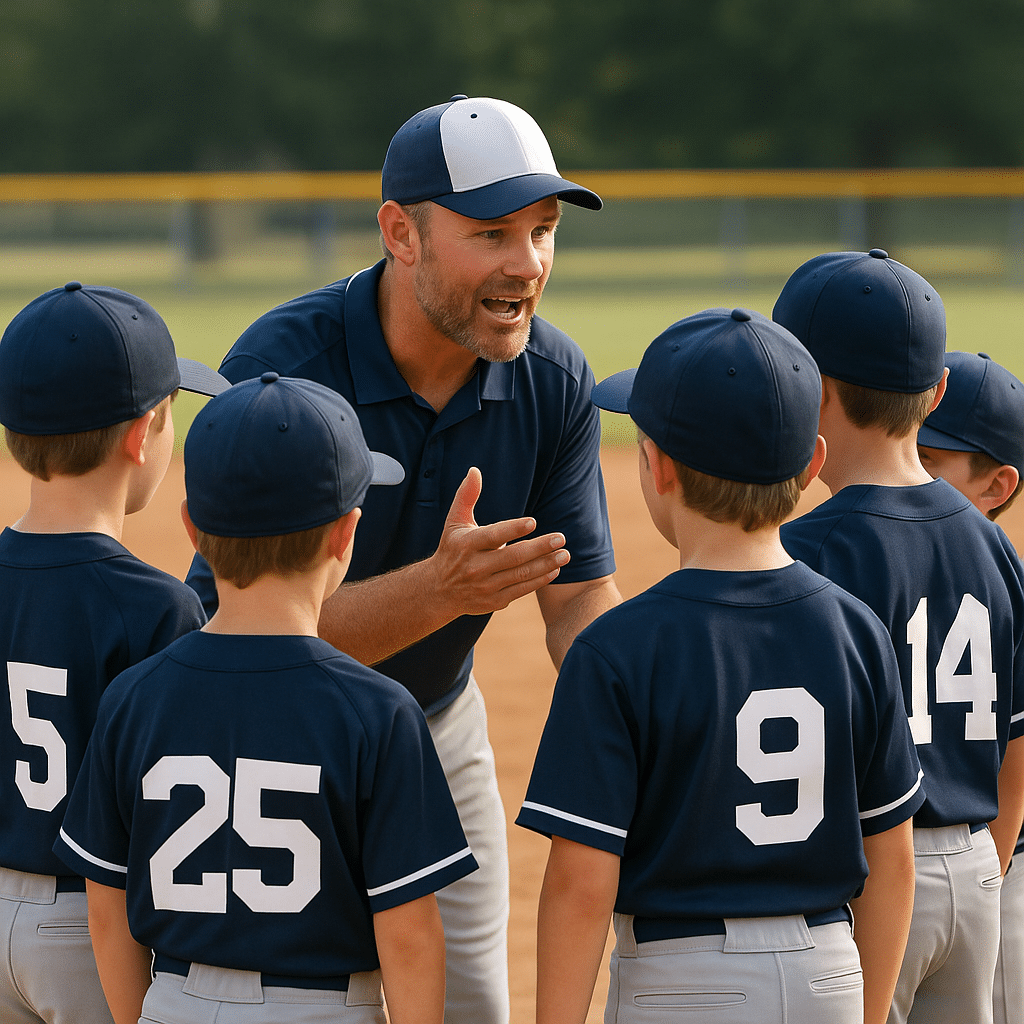
2. ⚾️ Praise the Grit, Not Just the Hit
Coach/Parent Version:
It’s easy to cheer when a kid smacks a double or strikes out the side.
But the most powerful feedback often comes after the little things—the hustle, the focus, the leadership.
Coach/Parent version:
Instead of only celebrating the big plays, spotlight the effort:
- “I loved how you hustled to back up third, even though the ball didn’t go there.”
- “That was a smart take—working the count like that shows discipline.”
These are long-game skills.
And when you reward them with the same energy you give a home run, kids start chasing the right things.
Player version:
After each game or drill, ask yourself:
“Did I give my best effort? Did I stay focused even when it got tough?”
If the answer is yes, give yourself credit. That’s a win—even if the scoreboard says otherwise.
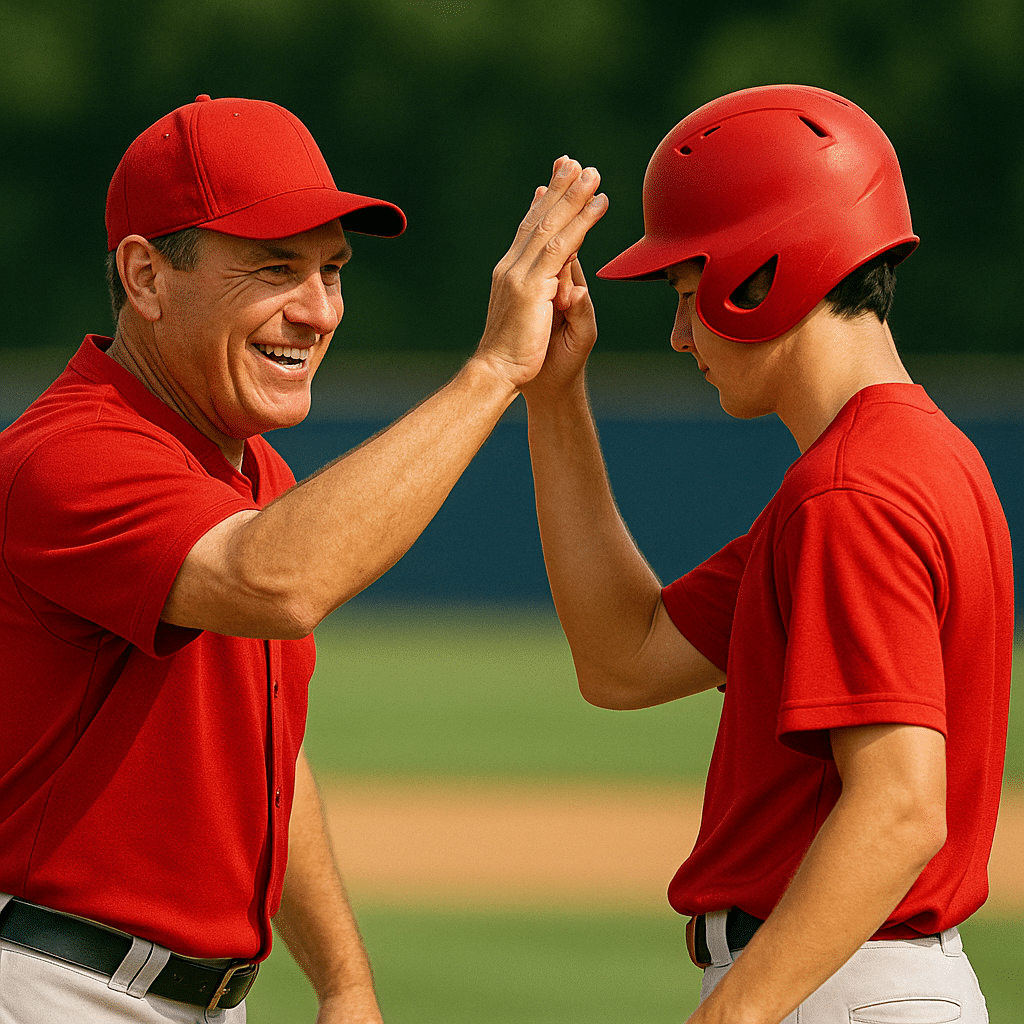
3. 🧢 Create a Reset Routine
Why it works:
Failure feels personal. One mistake can spiral into the next if kids don’t know how to mentally reset.
That’s where a simple routine comes in.
Whether it’s a deep breath, a glove squeeze, or a quick phrase like “Next pitch,” a reset routine helps players stay present—and reminds their brain: We’re moving on.
Coach/Parent Tip:
Build the reset into practice—not just games.
After a wild throw or missed ball in BP, pause and say:
“Reset. What’s your move?”
Then watch them breathe, regroup, and get back to work.
That’s resilience in real time.
⚾️ Visual Drill: Bounce-Back Box
Mark a square near the dugout or baseline.
After an error, the player jogs into the box, takes a breath, says their reset phrase (like “Shake it off” or “I’m still in it”), and returns to the field.
It’s fast, physical, and confidence-boosting—and yes, it makes a pretty sweet Instagram reel for coaches looking to share mindset training.

4. ⚾️ Run a Quick “Mistake Replay”
Why it works:
Mistakes are gold—if we take time to learn from them.
After a game or even a single rep, ask your player:
- “What happened there?”
- “What did you notice?”
- “What would you try differently next time?”
This shifts the focus from blame to awareness.
It turns missteps into mini film sessions—without the projector.
Coach/Parent Tip:
Timing is everything. Skip the replay when emotions are running high.
Wait for the ride home, the next practice, or a quiet moment.
And most important—lead with curiosity, not criticism.
This builds mental flexibility, accountability, and real-time problem-solving—skills that matter way beyond the diamond.

5. 🧢 Build Resilience with Reps, Not Pep Talks
Why it works:
Pep talks can be helpful—but they’re just words.
Resilience? That’s earned through reps.
Let kids experience stress in controlled situations and watch how they respond.
That’s where real toughness takes root—not from avoiding pressure, but from working through it.
Introduce “challenge zones” in practice:
- Add a time limit to a drill
- Simulate pressure situations
- Raise the stakes with small consequences or rewards
The goal: create high-stakes moments where failure is likely—but recovery is possible.
Examples:
- Ground Ball Gauntlet: 10 clean reps or start over
- 3 Swings, 3 Zones: Hit inside, middle, outside—adjust your approach each time
- Sudden Death Bunt Drill: One chance to execute—hit or miss, that’s it
These aren’t punishments—they’re confidence builders.
Because every rep under pressure strengthens the muscle that matters most: mindset.


Frequently Asked Questions
My kid cries after every strikeout. Should I be worried?
Nope. Emotions are normal. Help them process the moment, then move on with a reset routine.
How should I respond when my kid has a meltdown on the field?
Stay calm. Let them cool down, then talk it through later with empathy and curiosity.
Isn’t constant failure bad for confidence?
Not when framed positively. Confidence grows when kids realize they can fall and rise again.
How do I know if I’m pushing too hard as a parent or coach?
If you’re more upset than your kid after a mistake—it’s time to pull back. Focus on progress, not perfection.
My player blames teammates after a loss. What should I do?
Gently bring it back to personal ownership. “What’s one thing you could have done better.?”
How can I tell the difference between healthy frustration and burnout?
If they’re still showing effort and having fun sometimes—it’s just growing pains.
If they dread practice, it may be time to reassess.
💬 Final Thoughts: Let Them Miss—and Watch Them Grow
Baseball is beautiful because it’s brutal.
It doesn’t hand out easy wins. It tests focus, patience, and grit—especially in kids.
But that’s also why it’s the perfect training ground for life.
Every strikeout, error, or tough inning is a chance to teach something bigger than baseball: resilience.
So instead of shielding young players from failure, invite it.
Coach them through the hard stuff.
- Normalize the struggle
- Celebrate the hustle
- Practice the reset
- Review the mistake
- Rep the pressure
These aren’t just coaching techniques—they’re life skills in disguise.
Because the real victory isn’t in the perfect game—it’s in the bounce-back.
Let them miss. Then teach them how to swing again.

